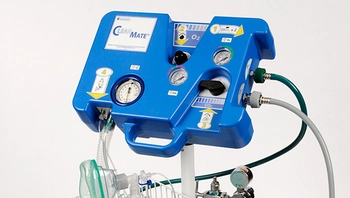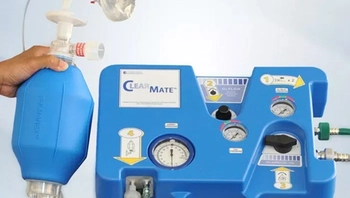ClearMate™
Exploring the Future
Menu
ClearMate™ works using a technique referred to as Isocapnic Hyperpnea and has been used for the treatment of carbon monoxide poisoning. A 2020 proof of concept paper, Accelerated Ethanol Elimination Via the Lungs, published in Scientific Reports, a Nature Research Journal, described a simple method using ClearMate™ that could allow patients to hyperventilate off the alcohol while returning precisely the amount of carbon dioxide to the body to keep it at normal levels in the blood.*
Thornhill Medical continues to explore promising research and development opportunities for the commercial use of ClearMate™.
*Disclaimer: ClearMate™ is not FDA cleared or approved in any jurisdiction for alcohol elimination or treatment.
To discuss research and development opportunities, speak to the Team.
Current ClearMate™ customer? Need help? Speak to the Team.





